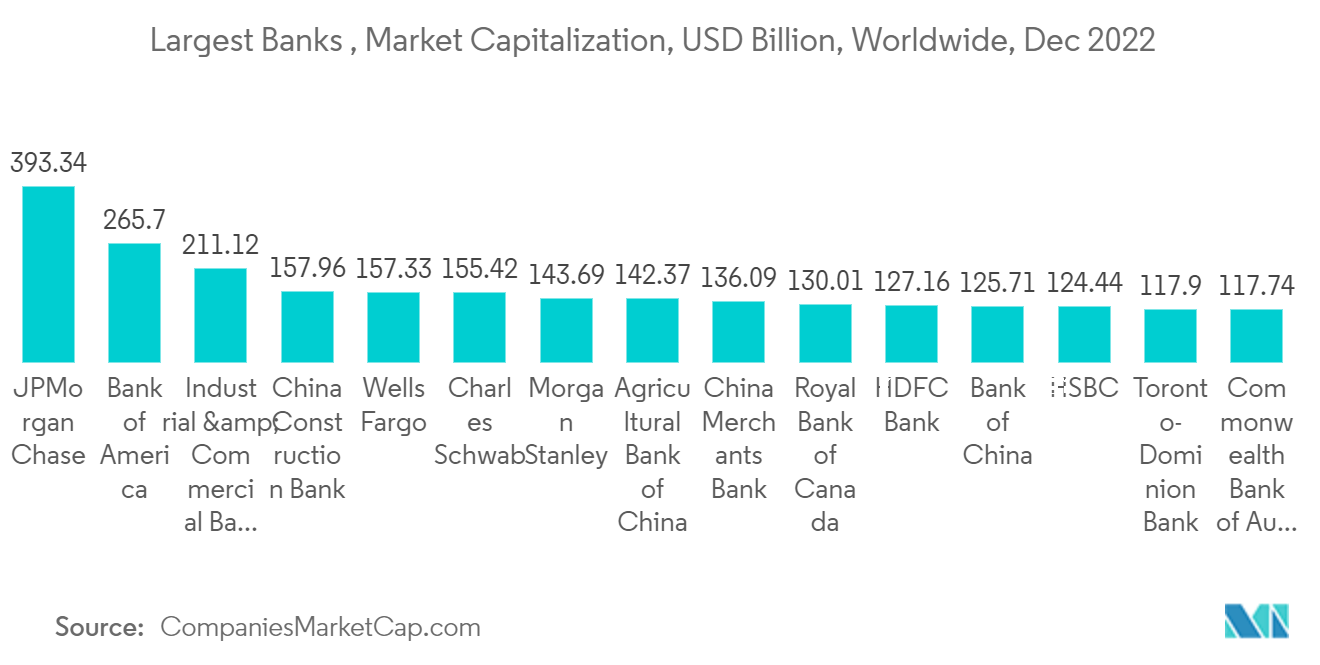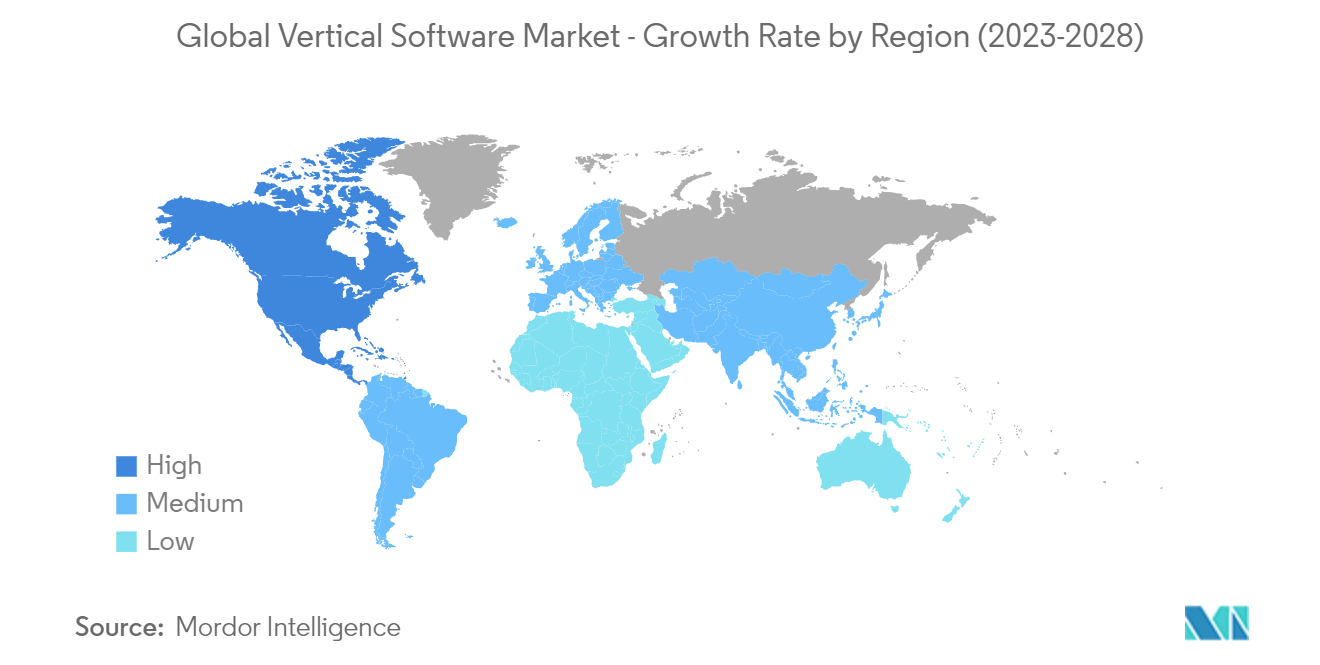Market Trends of Vertical Software Industry
BFSI is Expected to Drive the Market
- Fintech influences vertical SaaS go-to-market channels by increasing revenue per customer and making the product stickier. In other words, fintech maintains, if not decreases, the cost of customer acquisition (CAC) while improving lifetime value (LTV). Mindbody, for example, earned USD 250 per month per subscriber; while it charged USD 150 per month, or USD 1800 per year on average, for its software package, it made an additional USD 100 per month from payments income.
- Furthermore, because fintech can drastically enhance LTV, vertical SaaS companies might offer their SaaS product for cheaper (or even for free) to entice a client base that would otherwise be hesitant to digitize before piling on fintech goods as the primary revenue lever. Silo, an operating system for wholesale food wholesalers, does not now charge its customers for its software, which has allowed it to effectively land customers in an industry that has previously been resistive to software adoption.
- According to CompaniesMarketCap, As of December 31, 2022, JPMorgan Chase was the largest bank in the world by market capitalization. JPMorgan Chase's market capitalization was around USD 393 billion at the time, much higher than Bank of America's market capitalization, which was around USD 265.7 billion. JPMorgan Chase is also the largest bank in the United States in total assets but only the sixth largest globally. The such huge market capitalization of banks would create an opportunity for vertical software companies to deploy their solutions in those banks.
- With the rise in demand for vertical software in the financial sector, firms are providing various products to capture the market share. For instance, in July 2022, SAP Fioneer, a financial services software solutions provider and platform, launched a new vertical product strategy that drastically altered its client offering. Using a vertical strategy, three platforms will deliver IT solutions adapted to the individual market and client needs, allowing them to negotiate an increasingly complex financial world.
- Similarly, in February 2022, the new Databricks Lakehouse financial services edition aims at customers in the banking, insurance, and capital markets. It enhances the platform with industry-specific technical content such as solution accelerators, software code for financial service use cases such as fraud detection and sustainability, and interfaces to data sets and third-party data providers typically utilized by the sector. According to Databricks, the Lakehouse for Financial Services provides real-time analytics, business intelligence, and AI tasks on all data types in multi-cloud environments.

North America is Expected to Hold Major Share
- According to a Flexera Software poll of 514 IT executives in North America, 49% anticipate that IT spending in the region will increase as more firms focus on investing in collaboration platforms and services, communication, and other areas. This opens up new possibilities for suppliers in the collaborative whiteboard software market. Micro, a San Francisco-based firm, boasts 20 million users for its collaborative whiteboard, which includes Fortune 500 companies like Dell, Cisco, Deloitte, Okta, and Pivotal.
- The adoption of marketing automation software has been increasing in the region as there has been a shift to digital omnichannel marketing compared to traditional marketing. According to the CMO Survey by American Marketing Association and Duke University (n=356), in January 2021, B2B product marketers in the United States suggested that their spending on traditional advertising was expected to decline by 0.61% in the following year, while the digital marketing spending was projected to increase by 14.32%.
- Further, in March 2022, Rightsline, the leading rights and finance management platform for the media and entertainment industry, acquired REAL Software Systems to extend its core IP rights management services to fully support end-to-end financial and royalties' workflows while simultaneously expanding its market from media and entertainment into gaming, publishing, consumer products, life sciences, and high tech, among other global industries.
- In December 2022, Valsoft Corporation Inc., a Montreal-based business focusing on vertical market software acquisition and development, is happy to announce the acquisition of Apero Solutions Inc., a North American Enterprise Resource Planning (ERP) and Warehouse Management System (WMS) software supplier.
- Similarly, in January 2023, Accufund, Inc., a provider of fund accounting solutions for government bodies and NGOs in the United States, was acquired by i3 Verticals, Inc. Accufund's accounting software solutions will significantly improve enterprises' go-to-market strategy in the Public Sector area.


